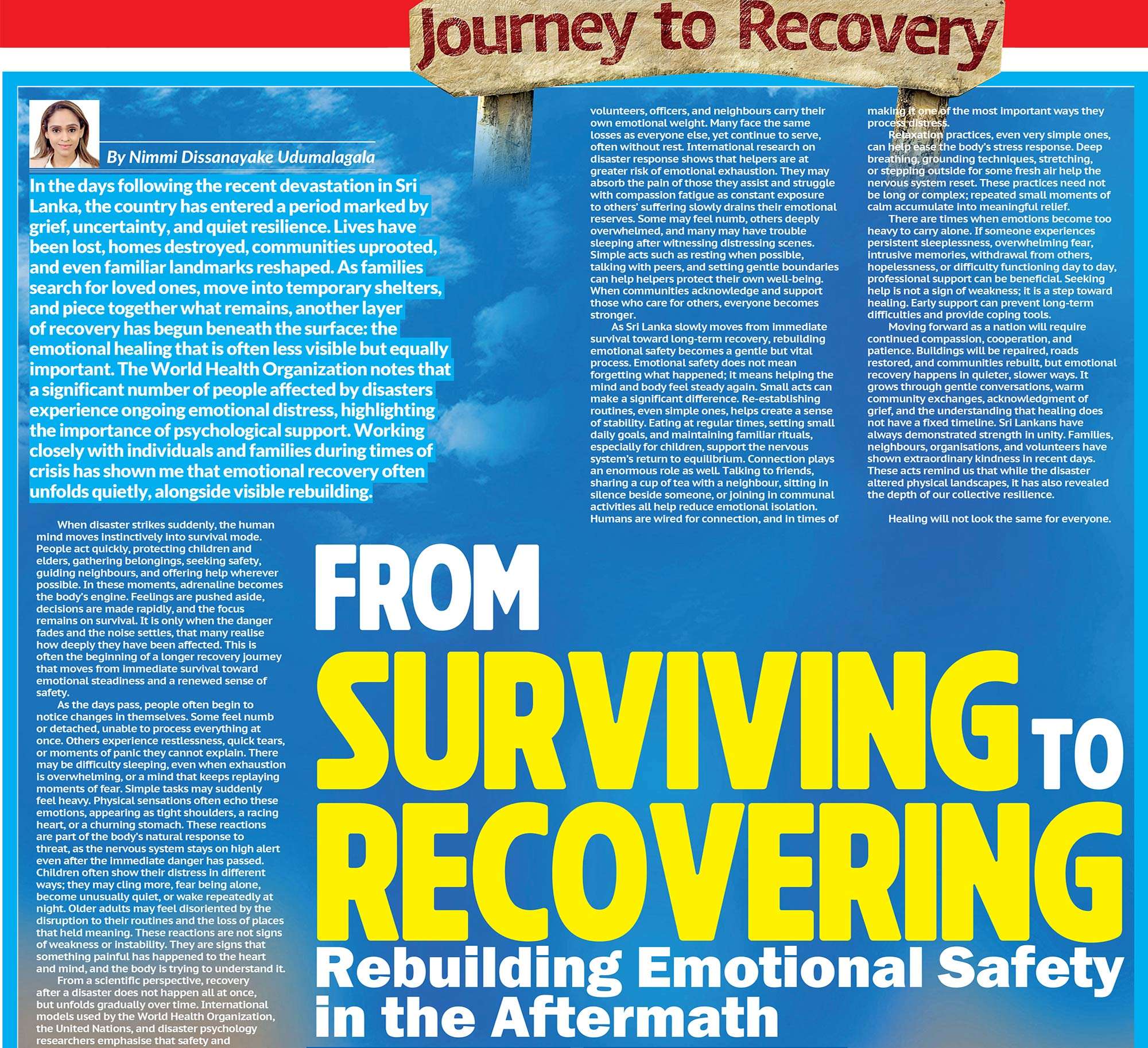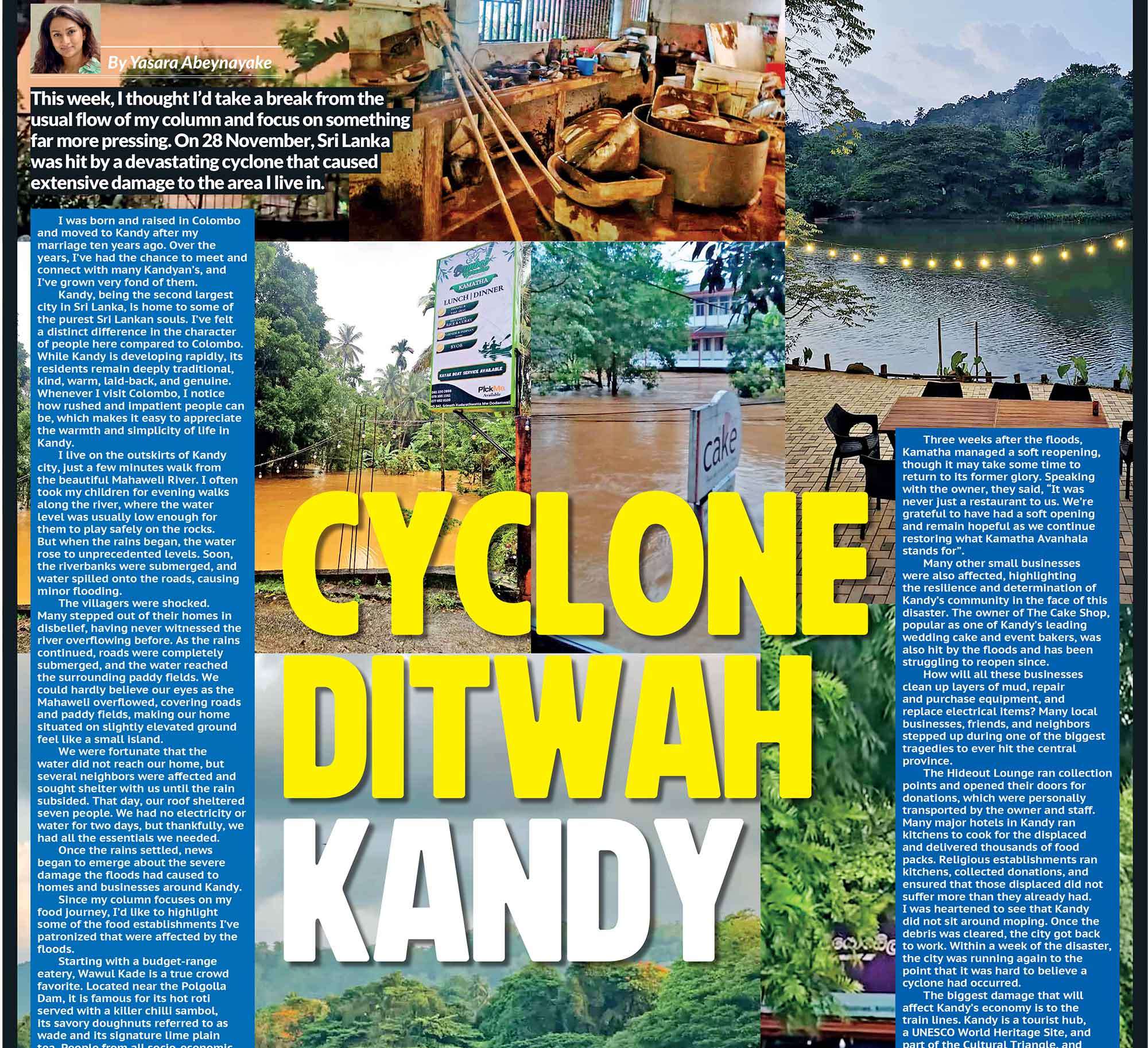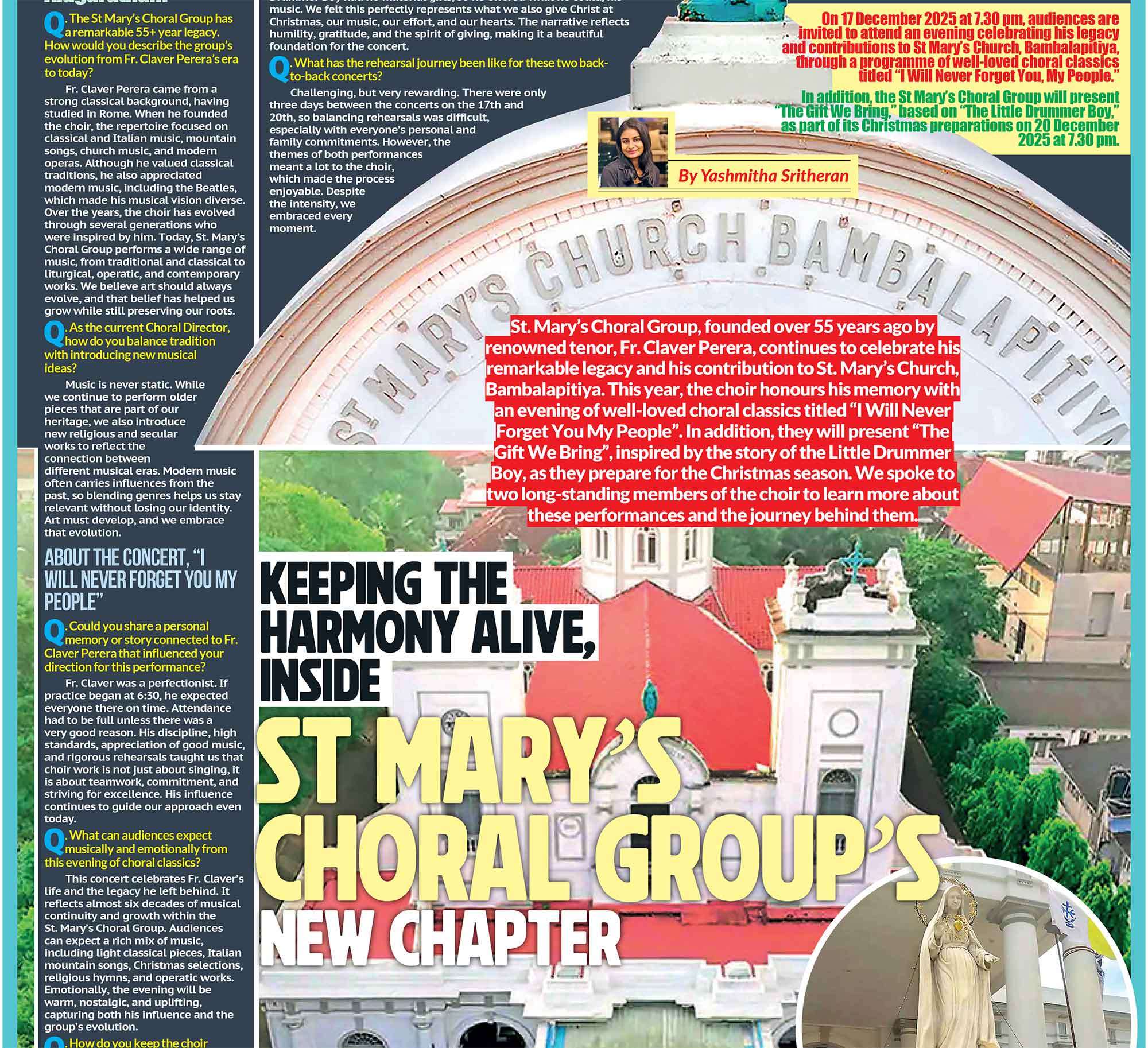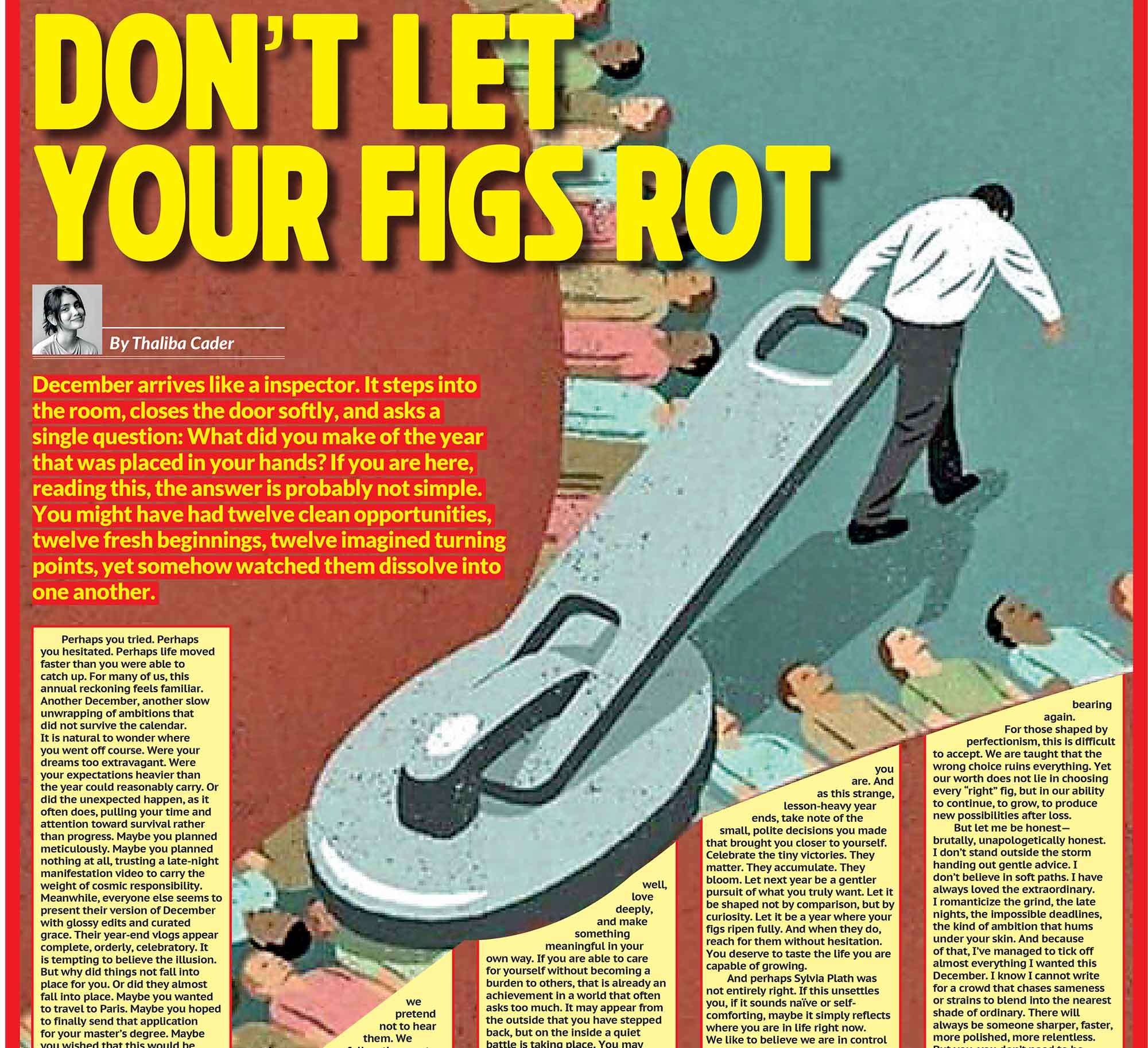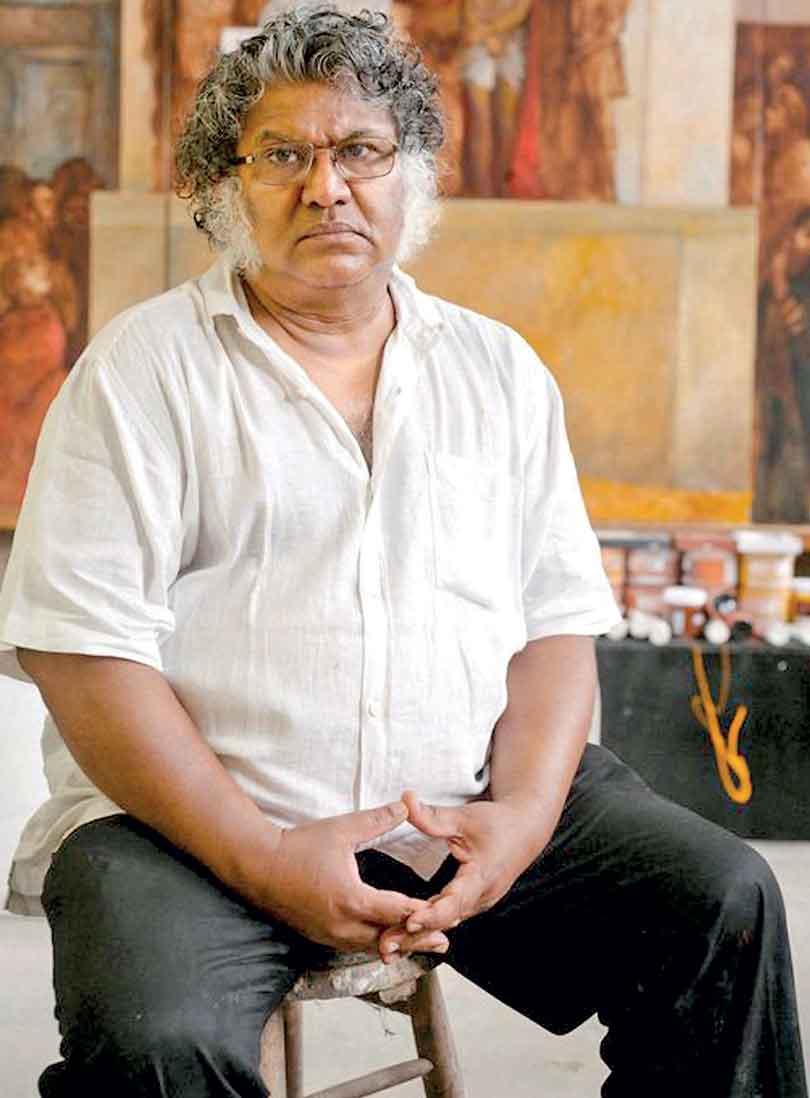
Chandraguptha Thenuwara
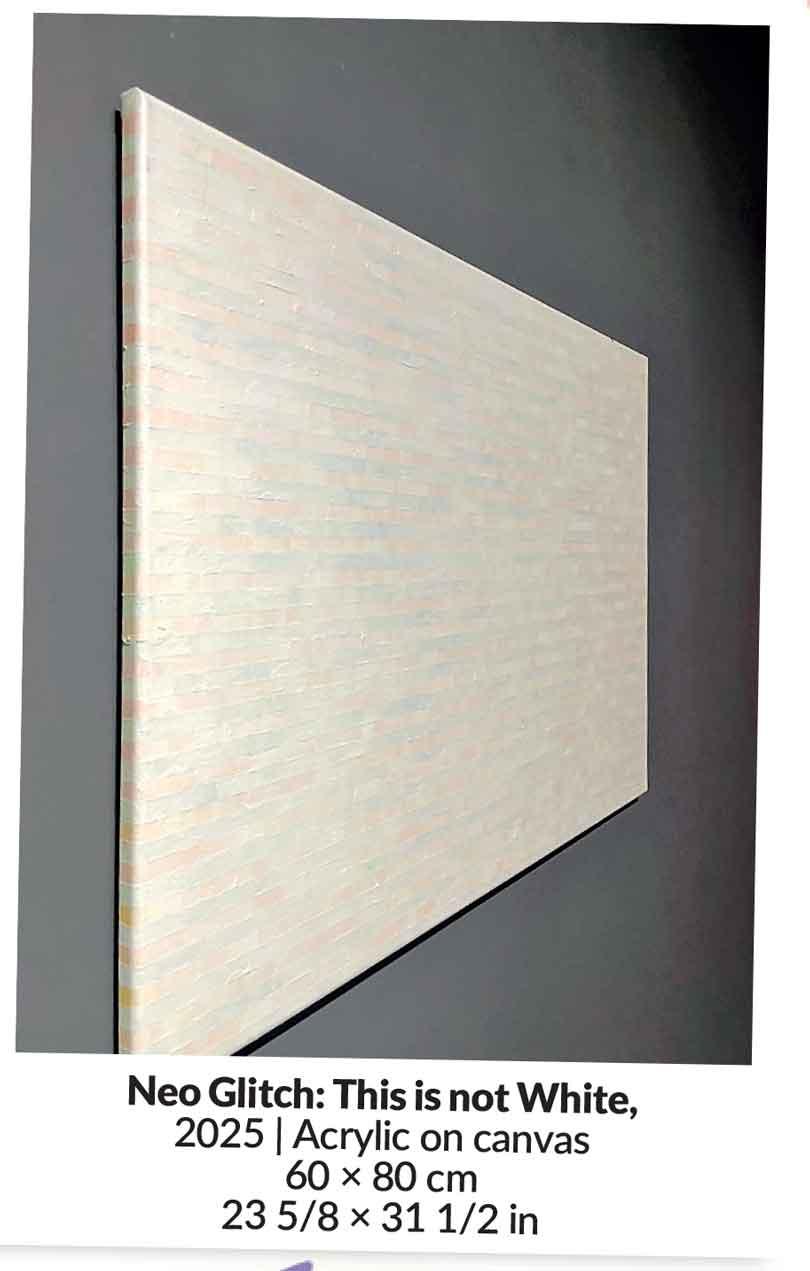
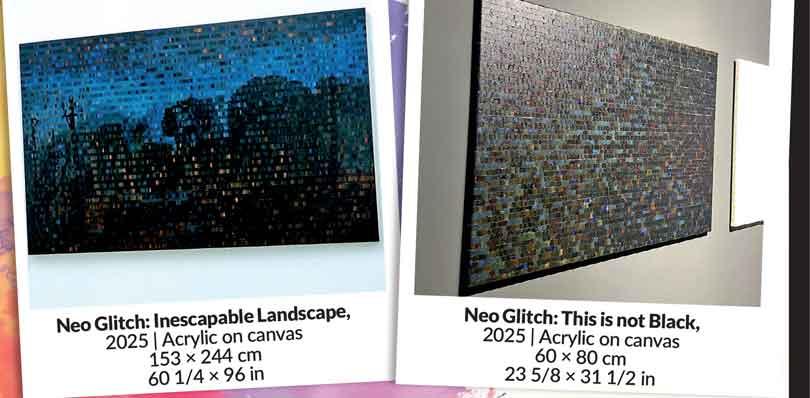
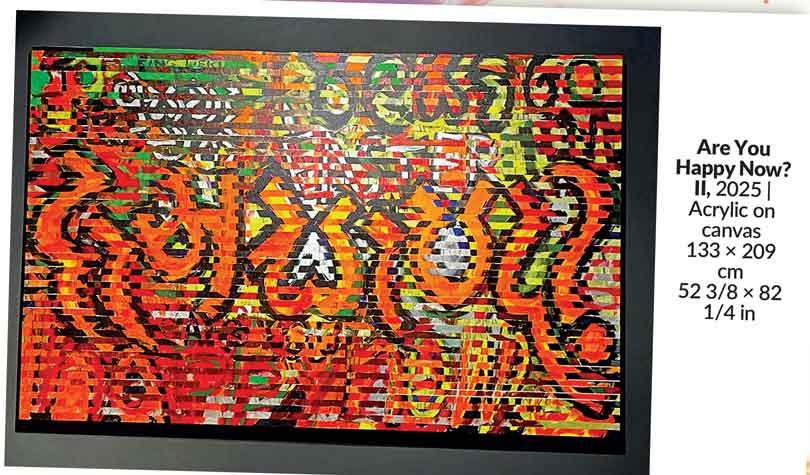
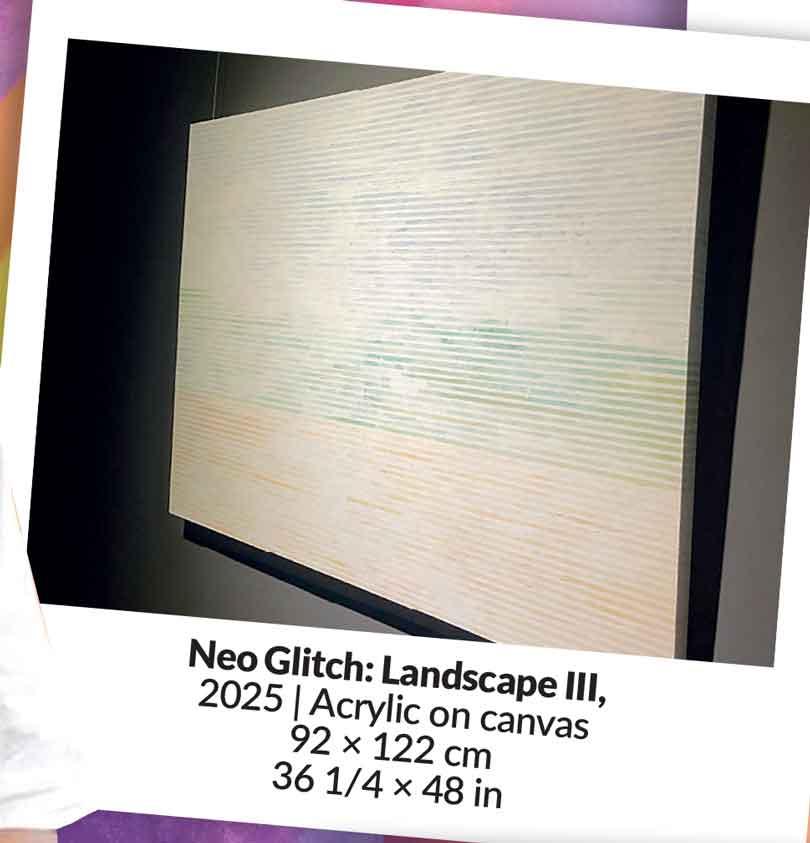
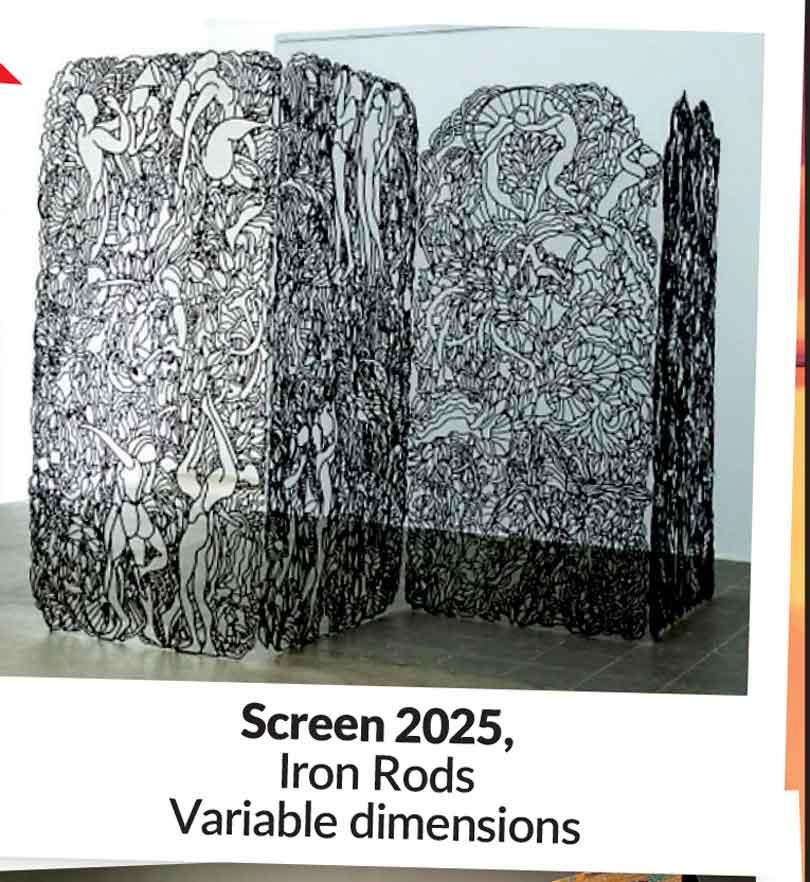
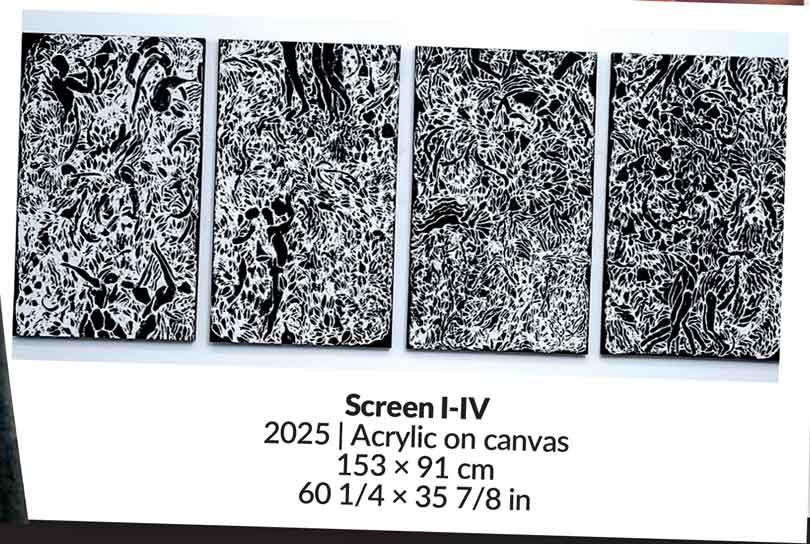
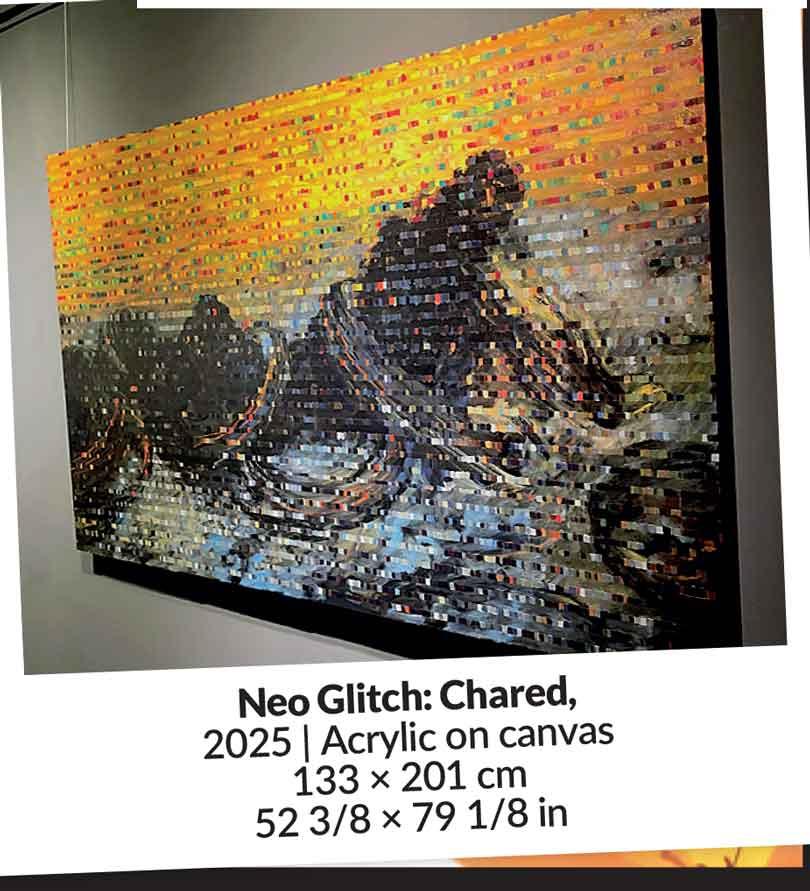
Chandraguptha Thenuwara (b. 1960, Galle) has long stood as one of Sri Lanka’s most unflinching visual chroniclers, an artist whose work confronts the nation’s compulsion to forget, even as it polishes its surface into something pristine. Through sculpture, painting, drawings, monuments, and collaborative projects, his practice disrupts aesthetic comfort to expose the violence buried just beneath. A graduate of the Moscow State Institute of Fine Arts, Thenuwara returned home to establish the Vibhavi Academy of Fine Arts (VAFA), a bold attempt to nurture contemporary art in a country still finding its visual voice. His leitmotifs, barrels, barricades, lotuses, soldiers, stupas have become part of a visual vocabulary that merges art with protest, personal vision with public memory.
This July, his annual memorial exhibition at Saskia Fernando Gallery revisits the themes first raised in his 2016 Glitch series. Titled Neo-Glitch, the 2025 edition marks yet another turning point in Sri Lanka’s tumultuous political landscape, this time following an unexpected election victory that granted the new president a two-thirds majority. Held every year on July 23rd to commemorate Black July, the exhibition serves not merely as a memorial to the 1983 anti-Tamil pogroms, but as a mirror held to the present. In Neo-Glitch, Thenuwara confronts how deeply entrenched systems continue to fail the people, even when power changes hands. History, he reminds us, does not just repeat it festers. The term “glitch” refers to a fleeting malfunction, like the static interruption on a television screen. For Thenuwara, this serves as a potent metaphor for Sri Lanka’s governance brief illusions of progress disrupted by deep-rooted dysfunction. The 2016 Glitch series emerged after a so-called “Good Governance” era that proved just as flawed as its predecessors.
In the years since, the country has cycled through economic collapse, protest, and yet another regime promising salvation. But what happens when socialism is rebranded and reintroduced into a still-wounded society? Neo-Glitch responds with visual dissonance. A maze of iron rods and symbolic elements bells, lotus buds, charred landscapes, disappearing figures represents a nation dancing at the edge of denial. There are drums, musicians, and dancers who revel in the illusion, even as their surroundings dissolve into ash.
These paintings and sculptural works document a political reality too often blurred by rhetoric and spectacle. Mass graves remain unacknowledged. Gender rights are left out of public discourse. Accountability for the disappeared is continually delayed. Against this backdrop, Thenuwara asks—“Are you happy now?” A line of graffiti turned lament. In one series of conceptual realist works, statements negate themselves: “This is not a container.” “This is not black.” “This is not white.” In a world of doublespeak, even the obvious becomes uncertain. The promised land grows distant; the promised system-change, a mirage.
Through this new body of work, Thenuwara reasserts the artist’s role as a witness and provocateur. Neo-Glitch is not a conclusion, but a continuation, a challenge to remember, to resist, and above all, to see clearly.
This three-dimensional iron rod structure incorporates numerous symbolic elements that reflect the enduring state of society over the past few decades. Bells and lotus buds intertwine and spread across the screen, evoking a transformed yet hauntingly familiar reality. Embedded within the work are layered representations of racism, extreme religiosity, blind patriotism, thuggish violence, mass killings, and buried graves, echoes of unresolved histories and ongoing tensions. Yet, within this chaos, there emerges an unexpected, aesthetic patterns that create a compelling visual harmony. They draw viewers in, inviting them to momentarily lose themselves in beauty. Drummers and musicians appear, immersed in their performance, seemingly detached from the grim symbolism that surrounds them. Some dancing figures fade into the patterned background, merging with the larger narrative of memory, violence, and illusion.



